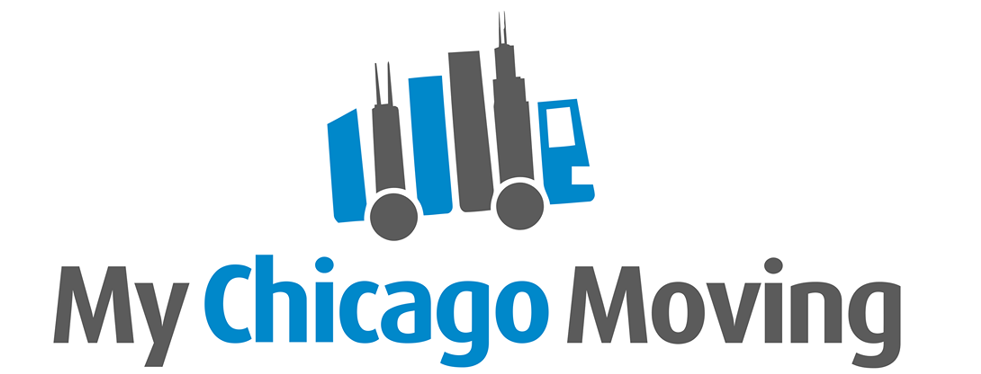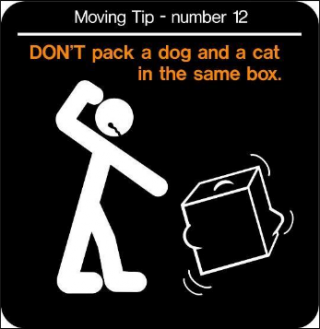October 9, 2017 by StacyPacking Tips
A major question when relocating is how to decide what to keep when moving. With so many things collected everywhere in your house – basement, attic, garage, shed, bedroom, etc., not to mention the storage if you have it the question becomes quite logical. Some things are dear to you and others – you have accustomed to see them around and you’re having a hard time letting go. It is important to know what to take when moving out and what to get rid of. The reason is that one of the factors that define the cost for your move is the weight of your home. With this moving mileage calculator you can see as a 1st step what is the distance at which you are going to be moving and as 2nd – how much weight you can expect to have for moving approximately. Decreasing this weight will mean lower moving cost. What things to throw away when moving? See below how to decide what to keep when moving and what to throw away.
How to Decide What to Keep when Moving
There are two main factors that will influence your decisions on what to leave when moving and what to bring along:
- How much emotionally attached are you to it? If it is one of your favorite items in your home, then take it. An exception could be made for an item that is large and/ or heavy and consequently more expensive to move. You can skip to pick up a large item you have no place to put at your new home unless you have decided to use a storage of course.
- How much do you use it? If it’s useless, you don’t need it. If you use it once in a while think about what to do with it and will you include it in your inventory list with what to get when moving.
What to Throw away when Moving
Make a list with what to throw away when moving. You can use it to catalog the items later for recycling. When moving certainly consider getting rid of these things:
- To begin with the obvious, start by filling in everything broken, worn out and simply useless to you and any other member of your home.
- Moving garbage is pointless. That is why before you move out clear well all premises of your home from it.
- Things you are not using. If they are not broken or worn out, you don’t have to send them to the garbage. There are many ways to get rid of them – on a moving sale in your yard or garage, by placing them on eBay or craigslist, or other online websites, etc. You can also give them away to family, friends, neighbors, colleagues, etc.
- Things you don’t like or want any more, items out of fashion, clothes/ shoes that don’t any longer fit to the person in your family who had them.
- When considering what to throw away when moving you may decide to leave behind even more things. Especially if you are relocating long distance or to another country you may find out that the price is going to be very high so you may want to cut it down a bit more. You have some options here – for example if you are living in your own place you can give it for rent as it is furnished. And in this way you will have incomes in the state/ country you’ve moved to and a home, should you decide to go back.
- Medications, food, paint and other items that are expired are some things to throw away when moving. Check on their package their usability.
- Magazines and newspapers. Paper is heavy anyway and unless you decide to use it for packing there’s no sense to take it with you.
What to Take When Moving?
This is an easier question once you’ve established the majority of items to be left behind. You may be hesitating about a number of things, but the objects mentioned here are very important and should be moved to your new home and not thrown away. Remember also to check with the movers what they won’t move because some of the things in the list below will match the list with forbidden items of the moving company.
- Personal documents – passport, driving license, birth certificates and other ID’s.
- Financial documentation – bills paid, credit and debit cards, documents related to loans and credits you have made, mortgage papers are other important items to arrange in your list with what to get when moving.
- Arrange in what to take when moving the relocation documentation – take it with the other paperwork, don’t give it to the movers.
- Jewels, precious stones, stamp collections and other very expensive items and collectibles of high value.
- What to get when moving that is important are the antiques that you may have – your grandfather’s clock, oil paintings and other inherited family furniture that is valuable.
- Items to which you are emotionally attached should be part of what to get when moving. If you have such things and most people do, there’s nothing wrong with bringing them along. In fact, when arranging what to take when moving out it is good to take with you the things you are strongly attached to as they will help you in your adaptation to your new home. Of course, hiring movers will alleviate your work of packing, loading/ unloading and unpacking.
A few extra tips: When selecting what to take when moving don’t be too long. Don’t spend much time on an item, firstly, because you will spend too much time sifting and secondly, because you may end up bringing along the majority of your belongings which is not the goal of what you are doing. What to take when moving can be a simple and easy work to do if you move through it quickly and energetically. Also, don’t take this work as toil and enjoy the process – it is marking the end of one period in your life and the beginning of another.




